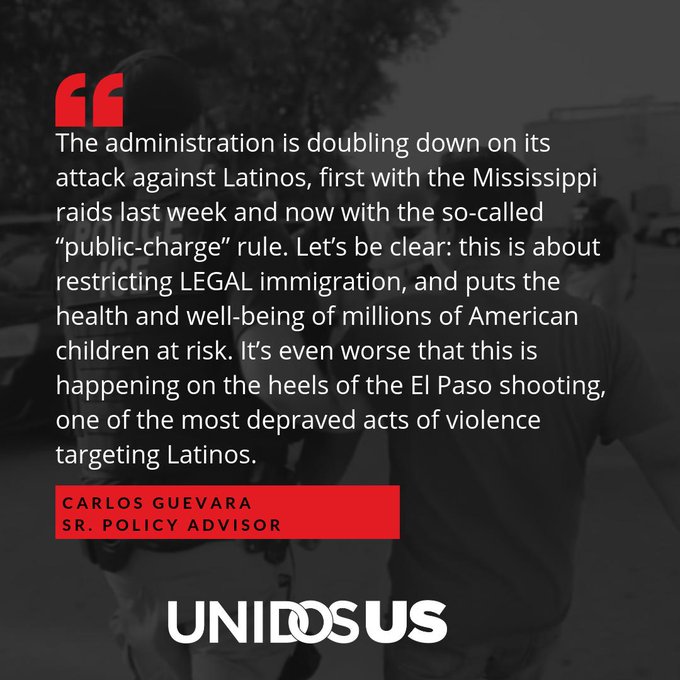Since Feb. 27, 2024, eligible Ukrainian citizens and their immediate family members who are physically present in the United States can now be considered for re-parole so they can continue to temporarily remain in the United States. Ukrainian citizens and their immediate family members who were paroled into the United States on or after Feb. 11, 2022, can apply for re-parole under this process. As with any parole application, we will consider these applications on a discretionary, case-by-case basis for urgent humanitarian reasons or significant public benefit.
Following Russia’s invasion of Ukraine in 2022, the secretary of homeland security exercised his discretionary authority to allow certain Ukrainians to seek temporary parole in the United States, as well as apply for work authorization. The extraordinary circumstances in Ukraine that supported the prior exercise... More information https://inmigracionyvisas.com/a5977-Eligible-Ukrainians-Can-Now-Apply-for-Re-Parole.html










